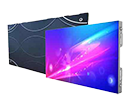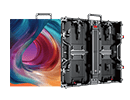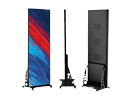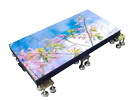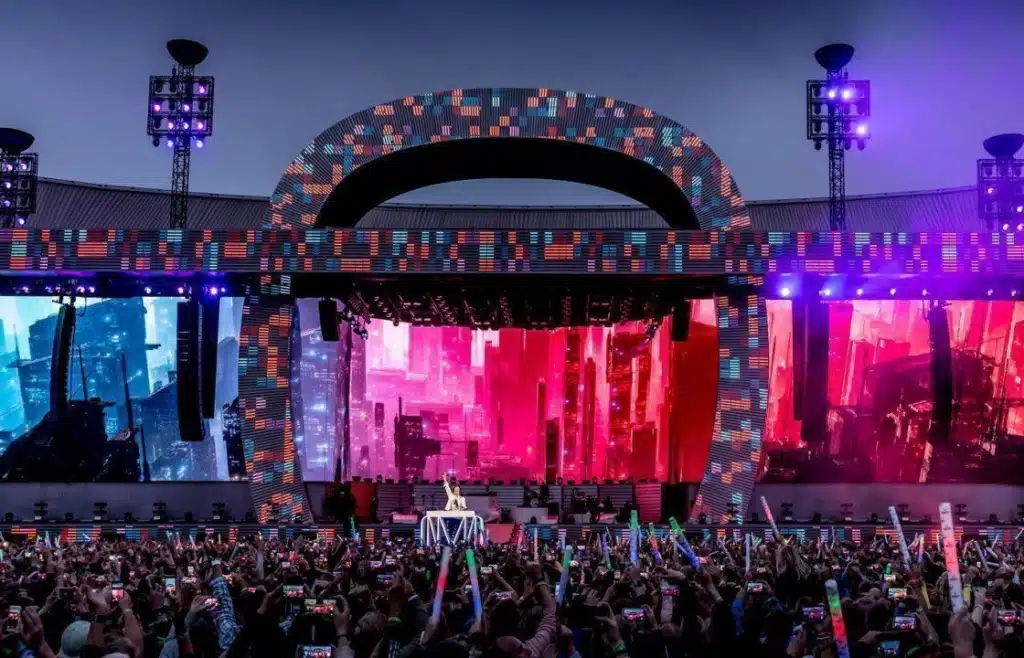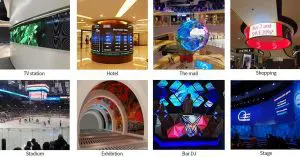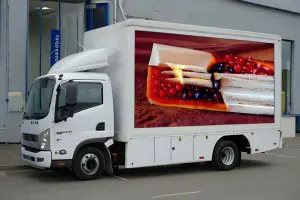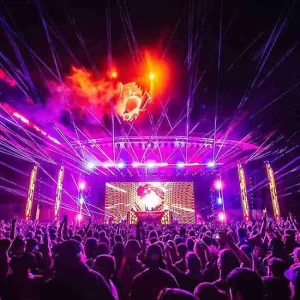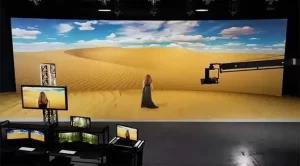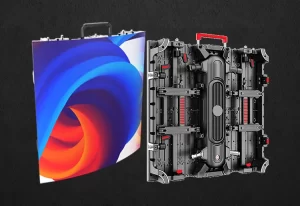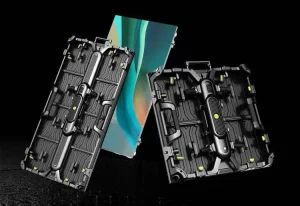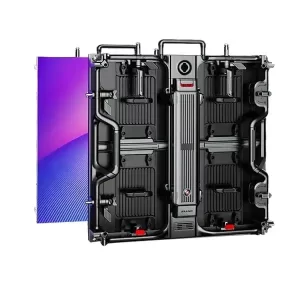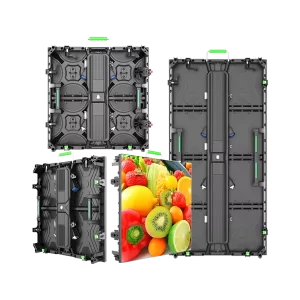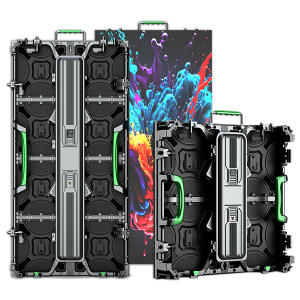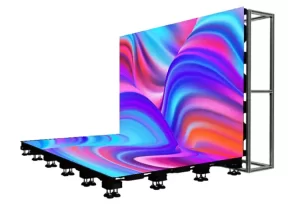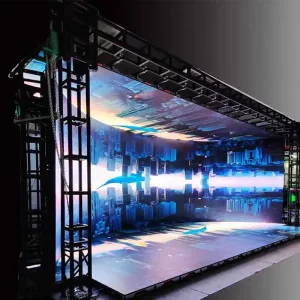What Environment Requires High Brightness Outdoor Stage LED Screens: Ultimate Guide to Uses, Features, Benefits, Costs, and Tips
High brightness outdoor stage LED screens are essential in environments where visibility, durability, and immersion are critical, particularly under challenging lighting and weather conditions. These screens feature elevated brightness levels (typically 5,000–10,000 nits) to ensure clear, vibrant visuals even in direct sunlight or adverse weather, making them ideal for outdoor performances, events, and public gatherings. With the global outdoor event market projected to reach $1.5 trillion by 2028, growing at a CAGR of 11.2% (source: Statista), understanding what environment requires high brightness outdoor stage LED screens is key to selecting the right technology for successful setups.

Understanding High Brightness Outdoor Stage LED Screens
High brightness outdoor stage LED screens are large LED displays optimized for outdoor stage use, with high lumen output to overcome ambient light and ensure sharp visuals. “High brightness” refers to screens exceeding 5,000 nits, allowing them to perform in bright daylight, while “outdoor stage” indicates their rugged design for performance areas exposed to weather. These screens use advanced LED modules with anti-glare coatings and IP65+ ratings for protection against rain, dust, and wind.
According to MarketsandMarkets, the demand for such screens is growing at 10% CAGR in the event industry, as they enable daytime outdoor shows without visibility issues. For example, festivals like Burning Man use them for main stages, ensuring 50,000+ attendees see clear content despite desert sun and dust.
These screens are required in environments where standard displays fail due to light or weather, turning potential challenges into opportunities for immersive experiences.
What Environment Requires High Brightness Outdoor Stage LED Screens?
What environment requires high brightness outdoor stage LED screens? These screens are essential in settings with intense natural light, variable weather, large audiences, and the need for high-visibility content. Here’s a detailed look at the key environments, why they’re needed, and real-world examples:
- Sunny or Daytime Outdoor Events (High Ambient Light Environments)
Requirement: Direct sunlight washes out low-brightness screens, so high-nits models (6,000+) are needed for clarity.
Why: Ensures visuals remain vivid from afar, preventing audience disengagement.
Example: Coachella Festival in California uses them for midday performances, where temperatures and sun would otherwise dim displays, serving 125,000 attendees daily. - Weather-Exposed Stages (Rainy, Windy, or Dusty Environments)
Requirement: IP65+ waterproofing and robust frames to withstand elements without failure.
Why: Protects against moisture and dust, maintaining performance in unpredictable conditions.
Example: Glastonbury Festival in the UK, prone to rain, relies on these screens for mud-proof stages, ensuring shows for 200,000 people. - Large-Scale Public Gatherings (High-Traffic, Outdoor Venues)
Requirement: Wide viewing angles and high resolution for crowds at varying distances.
Why: Accommodates massive audiences without loss of detail.
Example: New Year’s Eve in Times Square, where screens handle 1 million viewers in cold, crowded conditions. - Sports and Stadium Events (Dynamic, Outdoor Arenas)
Requirement: High refresh rates for fast-motion replays and brightness for day games.
Why: Enhances fan experience in open stadiums.
Example: FIFA World Cup outdoor fan zones use them for live streams in sunny stadiums. - Festival and Concert Tours (Mobile, Outdoor Stages)
Requirement: Portable, modular designs with quick setup for touring.
Why: Adapts to different venues and weather.
Example: Lollapalooza’s touring stages in various climates. - Corporate or Community Outdoor Events (Variable Lighting Environments)
Requirement: Auto-brightness adjustment for day-to-night transitions.
Why: Versatile for mixed conditions.
Example: Outdoor corporate launches in parks. - Niche Environments (Extreme or Specialized Outdoor Settings)
Requirement: Custom features like anti-vibration for mobile stages.
Why: Handles unique challenges like high winds or humidity.
Example: Desert festivals like Burning Man for dust-prone areas.
Expert Tip: In environments requiring high brightness outdoor stage LED screens like sunny festivals, choose models with 7,000+ nits and IP67 ratings to ensure reliability.
Case Study: The Olympics opening ceremonies use these screens in outdoor stadiums, viewed by billions, with zero visibility issues despite varying weather.

rental led screen For stage
Key Features of High Brightness Outdoor Stage LED Screens
These screens are tailored for demanding use:
- Extreme Brightness: 5,000–10,000 nits with sensors for auto-adjustment.
- Weather Resistance: IP65+; withstands rain, wind, and temperatures -40°C to 70°C.
- High Resolution: Pixel pitches P2.5–P6 for sharp 4K visuals.
- Refresh Rate: ≥3,840 Hz for smooth motion in performances.
- Wide Viewing Angles: 140°–160° for large crowds.
- Durability: Anti-vibration frames; shock-resistant.
- Energy Efficiency: Low power with eco-modes.
- Modular Design: Quick assembly for stages.
These features address outdoor challenges effectively.
Benefits of High Brightness Outdoor Stage LED Screens
- Superior Visibility: Overcome sunlight for 24/7 use.
- Weather Durability: No downtime in bad conditions.
- Immersive Experiences: High res enhances shows.
- Energy Savings: 30% lower costs.
- Long Lifespan: 100,000+ hours.
- Customization: Scalable for environments.
- High ROI: Boost attendance 25%.
- Ease of Maintenance: Modular for repairs.
Case: Tomorrowland Festival reports 35% more positive feedback with these screens.
Technical Specifications of High Brightness Outdoor Stage LED Screens
| Specification | Details |
|---|---|
| Pixel Pitch | P2.5–P6 |
| Brightness | 5,000–10,000 nits |
| Refresh Rate | ≥3,840 Hz |
| Viewing Angle | 140°–160° |
| IP Rating | IP65+ |
| Power Consumption | 300–500 W/m² |
| Lifespan | 100,000+ hours |
| Weight | 20–30 kg/m² |
Costs of High Brightness Outdoor Stage LED Screens
$1,000–$3,000 per m²; rentals $100–$300/day. ROI in 3-6 months.
Buying Tips for High Brightness Outdoor Stage LED Screens
- Match to Environment: High nits for sunny areas.
- Check Durability: IP65+.
- Budget for Features: Include sensors.
- Test Samples: For real-world performance.
Installation and Maintenance Guide
- Site Prep: Assess weather.
- Mounting: Secure to stage.
- Calibration: For light.
- Maintenance: Clean and inspect.
Costs: $5,000–$20,000 for install.
Future Trends in High Brightness Outdoor Stage LED Screens
- AI brightness control.
- Sustainable materials.
- AR integration for immersive shows.
FAQ: Common Questions About High Brightness Outdoor Stage LED Screens
- What environment requires high brightness outdoor stage LED screens? Sunny, weather-exposed events like festivals.
- How much do high brightness outdoor stage LED screens cost? $1,000–$3,000 per m².
- Where to use high brightness outdoor stage LED screens for concerts? Main stages in open venues.

